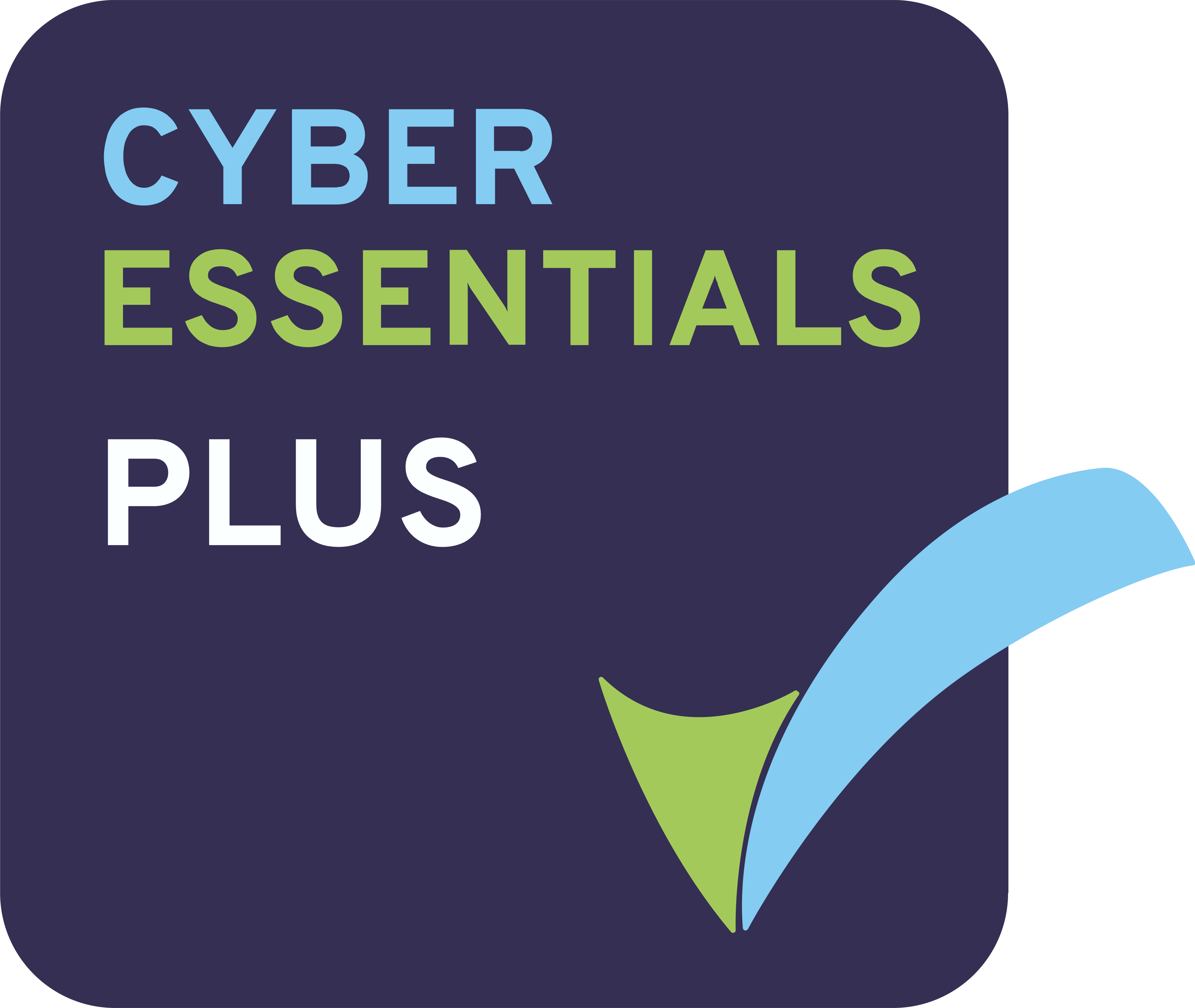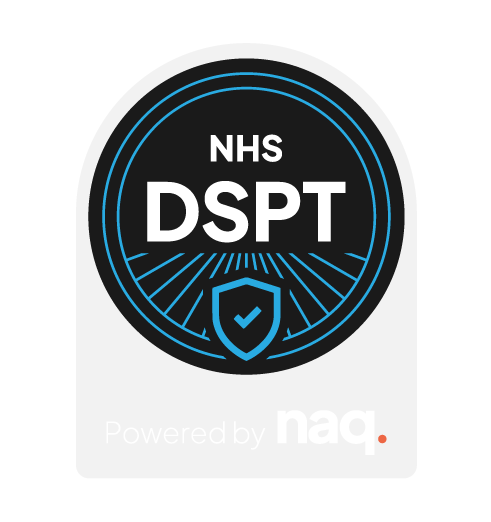DESCRIPTION
In children's care homes, effective handovers are essential for maintaining continuity of care and ensuring resident safety during shift changes. This article emphasizes the significance of clear communication and outlines key best practices for conducting handovers efficiently. It highlights the importance of prioritizing critical information, maintaining confidentiality, and fostering staff involvement in the process. By adhering to these practices, children's care homes can enhance the quality of care provided and promote a supportive environment for both residents and staff.
When
May 2024
Who
Paula Martinez

Handovers in children's care homes are crucial for ensuring the continuity of care and safety of both residents and staff across shift changes. Effective handovers accurately convey information about each child's condition, needs, and recent events. In this article, we'll explore the significance of handovers in children's care homes and discuss the best practices to carry them out effectively, including the use of handover templates.
Handovers in Children's Care Homes
A handover in a children's care home should encompass all actions taken during the previous shift, updates on each child, concerns, and any recent incidents. Clear, concise, and relevant communication is essential for an effective handover process.
Importance of Handovers
Studies have shown that handovers in children's care homes serve various critical functions beyond communicating about residents and care issues. These include matching skills to needs, team building, staff training, addressing issues, and promoting person-centered care. Good handover practices significantly contribute to the overall standard of care in a children's home, while poor practices can lead to errors and accidents, affecting both children and staff.
Best Practices for Handovers
1. Precision: Ensure that handovers are fast and efficient, conveying information accurately and concisely.
2. Focus on Facts: Avoid personal opinions and base information solely on professional observations and facts.
3. Prioritize Important Information: Start with critical updates, such as urgent concerns, upcoming medical tests, or recent emergencies.
4. Compassion: Maintain sensitivity when discussing sensitive topics, ensuring constructive communication.
5. Avoid Jargon: Use language that is clear and understandable to all readers, avoiding jargon and abbreviations.
6. Preserve Confidentiality: Conduct handovers in quiet areas away from others, ensuring confidentiality of residents' personal information.
7. Encourage Questions: Incoming staff should feel encouraged to ask relevant questions to ensure they receive all necessary updates.
8. Childrens' Needs First: Plan handover timings to accommodate residents' needs, avoiding disruptions to their routines.
9. Staff Involvement: Encourage staff to contribute ideas and actively participate in planning and managing handovers, promoting teamwork and job satisfaction.
In Conclusion
By following these best practices, you can significantly reduce the risk of falling victim to cyberattacks and protect your sensitive information from unauthorized access. Remember, the effort you invest in creating and managing strong passwords today can save you from potential headaches and financial losses in the future.
Handovers in Children's Care Homes
A handover in a children's care home should encompass all actions taken during the previous shift, updates on each child, concerns, and any recent incidents. Clear, concise, and relevant communication is essential for an effective handover process.
Importance of Handovers
Studies have shown that handovers in children's care homes serve various critical functions beyond communicating about residents and care issues. These include matching skills to needs, team building, staff training, addressing issues, and promoting person-centered care. Good handover practices significantly contribute to the overall standard of care in a children's home, while poor practices can lead to errors and accidents, affecting both children and staff.
Best Practices for Handovers
1. Precision: Ensure that handovers are fast and efficient, conveying information accurately and concisely.
2. Focus on Facts: Avoid personal opinions and base information solely on professional observations and facts.
3. Prioritize Important Information: Start with critical updates, such as urgent concerns, upcoming medical tests, or recent emergencies.
4. Compassion: Maintain sensitivity when discussing sensitive topics, ensuring constructive communication.
5. Avoid Jargon: Use language that is clear and understandable to all readers, avoiding jargon and abbreviations.
6. Preserve Confidentiality: Conduct handovers in quiet areas away from others, ensuring confidentiality of residents' personal information.
7. Encourage Questions: Incoming staff should feel encouraged to ask relevant questions to ensure they receive all necessary updates.
8. Childrens' Needs First: Plan handover timings to accommodate residents' needs, avoiding disruptions to their routines.
9. Staff Involvement: Encourage staff to contribute ideas and actively participate in planning and managing handovers, promoting teamwork and job satisfaction.
In Conclusion
By following these best practices, you can significantly reduce the risk of falling victim to cyberattacks and protect your sensitive information from unauthorized access. Remember, the effort you invest in creating and managing strong passwords today can save you from potential headaches and financial losses in the future.



